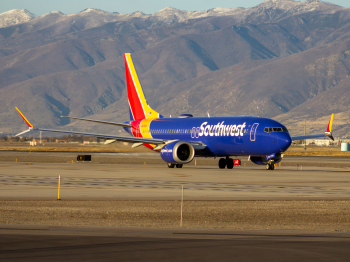Flight dynamics is the science of analyzing and understanding the motions of an aircraft. It is a branch of classical mechanics that deals with the motion of objects through the air. This includes the motion of an aircraft in flight, its stability and control, and the forces and moments that act on it.
Flight dynamics is a complex topic that involves a variety of factors such as aerodynamics, airfoils, propulsion, structures, and atmospheric conditions. Aerodynamics is the study of how air flows over a body and the forces it exerts on that body. Airfoils are the shapes of wings and other parts of an aircraft that help it generate lift. Propulsion refers to the power that is generated by the engines that move an aircraft. Structures refer to the materials used to construct an aircraft and how they interact with the air. Finally, atmospheric conditions such as temperature, humidity, and wind determine how an aircraft will behave in flight.
The study of flight dynamics is used to optimize the performance of an aircraft. This includes such aspects as lift, drag, thrust, and stability. Lift is the force that allows an aircraft to fly, and it is generated by the airfoils on the aircraft. Drag is the resistance an aircraft experiences while in flight, and it is generated by the air passing over the aircraft. Thrust is the force generated by the engines, and it is what propels an aircraft forward. Finally, stability is the ability of an aircraft to maintain its flight path and heading without any external forces acting on it.
In order to understand and analyze the motion of an aircraft, a variety of equations and analyses are used. These equations allow engineers to predict how an aircraft will respond to certain inputs such as changes in air speed, altitude, and attitude. This information can then be used to optimize the performance of an aircraft.
Flight dynamics is a very important field of study for any pilot or aircraft engineer. It provides them with the knowledge and understanding necessary to make sure an aircraft is able to fly safely and efficiently. It also allows them to take advantage of the latest aerodynamic and propulsion technologies in order to improve the performance of their aircraft.






Comments